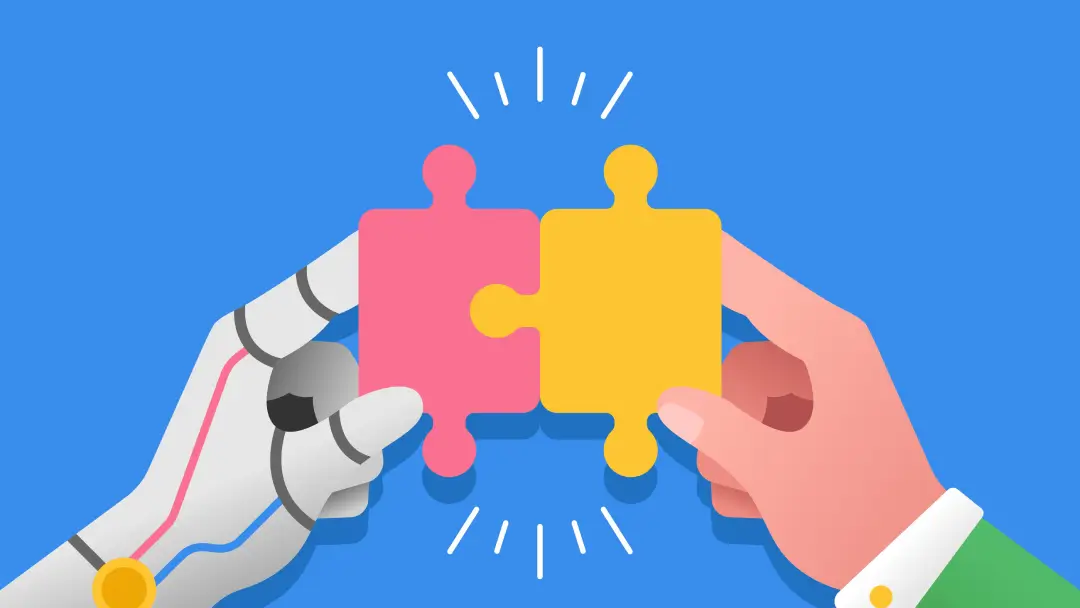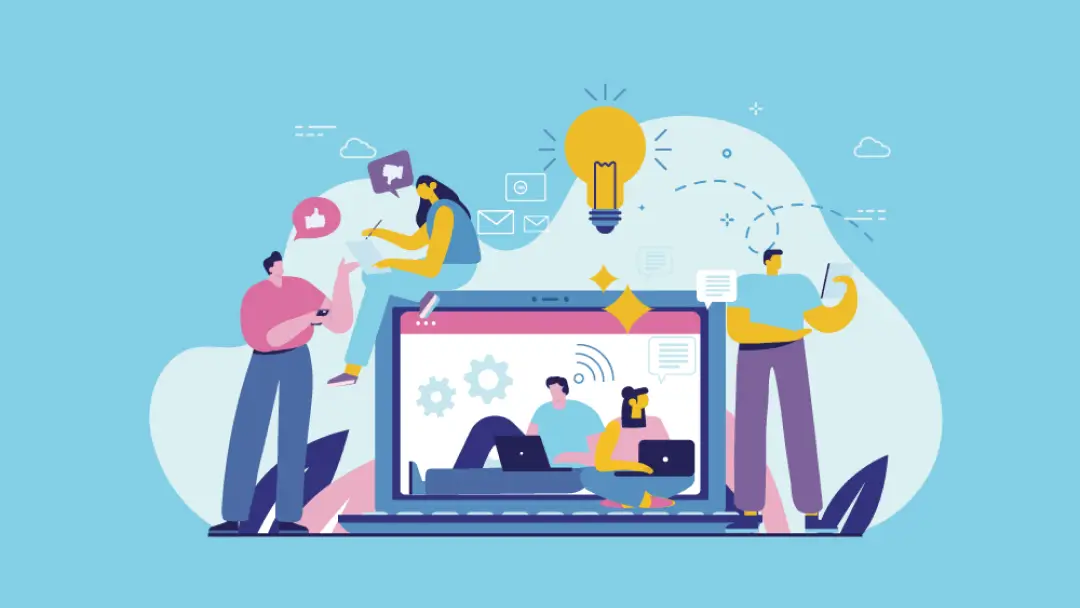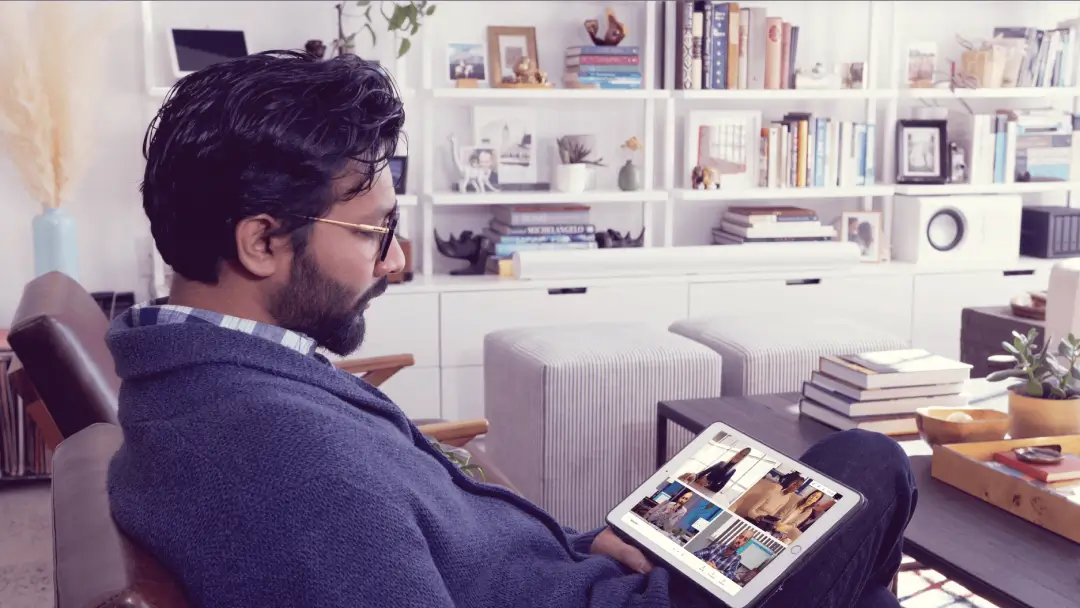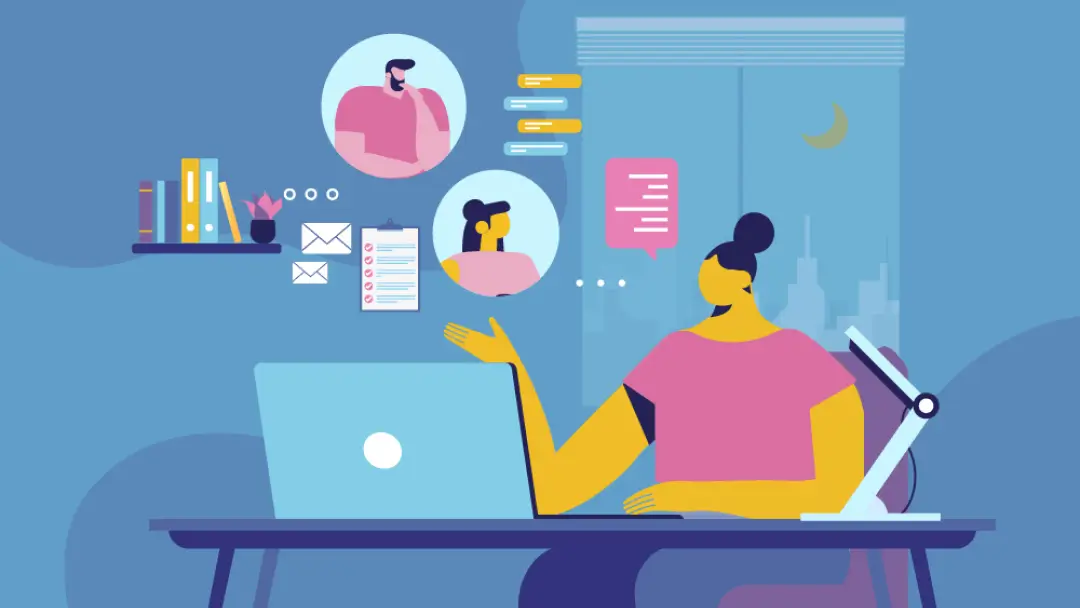How To Record a Google Meet: A Complete Guide
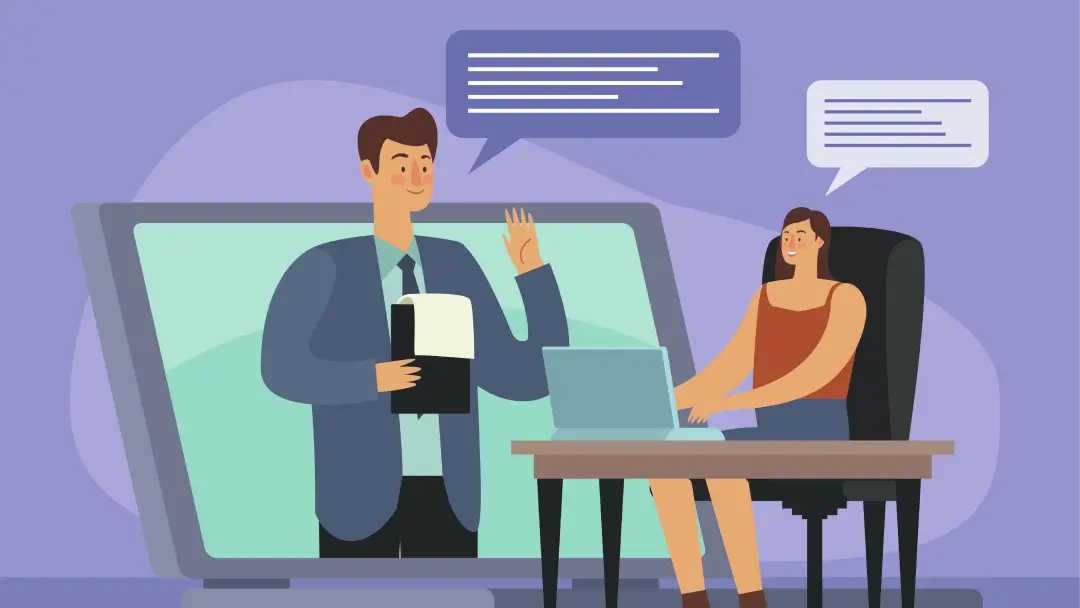
Imagine you’re putting together a discovery presentation for an important new client. The goal is to address every question from your initial Google Meet call. You sift through your notes, but you forgot to write down some important insights, leaving you frustrated and anxious about missing vital details.
Now, picture a different scenario: You recorded the call and can easily refer to the audio, hitting every important point with confidence.
Recording your meetings helps you stay organized and focused on the follow-up work that truly matters. And the good news is you don't have to be a computer whiz to find the recording button — but there are a few ways to unlock the full potential of your Google Workspace.
Here’s everything you need to know to record Google Meet video calls, from using Google’s basic recording tool to integrating Otter for more productive meetings.
Can you record Google Meet calls?
You can record Google Meet sessions as long as you meet a few requirements. Here’s how to prepare ahead of your video meetings:
- Check your Google Workspace account: To record a Google Meet session, you need a Google Workspace Account. Personal Google accounts don’t count. If your organization has a Google Workspace, the Google Workspace administrator needs to authorize meeting recording in your account.
- Subscribe to the appropriate plan: To record meetings, you need a Business, Education, or Enterprise account. Google One subscribers with 2 TB or more storage space and users with a “Teaching and Learning Upgrade” can also record Google Meet calls.
- Host the meeting: Only the host, organizer of the meeting, or a participant from the same organization (with the correct access permissions) can initiate a video recording. If you join a Google Meet as a guest, you need the host or organizer's permission to record the meeting.
- Have sufficient Google Drive storage: Google Meet video recordings automatically save to your Google Drive, so make sure you have enough storage space. Otherwise, Google can’t store the recording and will delete it.
- Notify meeting participants: When you record Google Meet video calls, all participants get a notification — but nobody likes being caught off guard. Before hitting the record button, confirm that everyone is aware and on board. This way, you prepare ahead to jot down notes manually if someone doesn't give their consent to screen recording.
Remember, consent ensures respect and transparency. Third-party or built-in screen recording software doesn't automatically notify meeting participants the same way Google does, so always confirm consent before recording meetings, no matter what platform you’re using.
4 benefits of recording Google Meets
Deeper engagement and improved follow-up aren’t the only reasons to hit the record button. Here are four advantages of adding a conferencing app or screen recorder to your suite of office tools:
- Documentation and reference: A team is only as powerful as its knowledge reserves. When you record a meeting, you capture important presentations and discussions. Whether it’s a discovery call, brainstorming session, or all-in, you can easily refer back to the video or audio recording to make sure what happens in the meeting doesn’t stay in the meeting.
- Sharing: With remote teams, time differences, and tight calendars, it’s not always possible for every team member to attend important meetings. Recorded Google Meet calls let those who couldn’t join catch up at their convenience. This keeps everyone aligned and informed, no matter what their day-to-day looks like.
- Support for new employees: Recorded meetings provide valuable reference points for onboarding new employees, especially if they’re joining the team during a transition or important project. They can jump into recordings (or read transcripts and summaries) to catch up on important discussions and decisions.
- Better focus: It’s difficult to engage in the conversation while manually taking notes on insights, questions, and action items. But with recordings, you don’t have to — especially if you use a transcription app that generates summaries and action items for you. All attendees can fully participate, fostering a more interactive and productive conversation.

How to record a Google Meet call
After double-checking you meet all the requirements, you can record. Here’s how:
- Open Google Meet: Launch the Google Meet app or website on your computer. The Google Meet app only lets you record meetings on a desktop, so Android and iPhone users need to use a built-in screen recorder or third-party software. To use the built-in feature, find the screen recorder on your Quick Menu (Android) or the Control Center (iPhone).
- Join or start meeting: Click on the “Join” or “Start” button to begin the session. If you’re the host, click on the “Start recording” button. A pop-up will prompt you to confirm by tapping “Start.”
- Notify participants: When the recording begins, all participants will receive a notification. Don’t forget that it’s good meeting host etiquette to inform everyone beforehand and ask for consent. The recording captures the speaker, any presentations shared via screen sharing, and the meeting chat log, which you can review later. Any captions won’t appear in the final recording.
- Stopping the recording: You can stop recording the video call by tapping on the activities icon and selecting "Stop recording.” The recording also stops automatically when all participants leave the meeting and the session concludes.
- Access the recording: Google Meet automatically saves video recordings to the host’s Google Drive in a folder titled “Meet Recordings.” The meeting organizer also receives a recording link via email saved in the MP4 file format. For easy sharing, adjust the permissions to allow all meeting participants to download the video recording.
Remember, for the recording feature to work, the Google Workspace administrator must enable the recording function and Google Drive for your Google Meet account.
All of these steps and permissions can be overwhelming and inconvenient, especially if you need to ask your administrator to make changes. Luckily, there are better ways to record and transcribe your Google Meets — like with Otter.
How to record and transcribe a Google Meet with Otter
Otter can automatically join your Google Meet and transcribe the meetings in real time. When you use Otter for your Google Meet call you’ll also get an automated Summary, automated action items, and can ask Otter AI Chat about the call.
To do this, connect Otter to your calendar (Google or Microsoft) to your Otter account. Once connected, your calendar events are synced to Otter. If an upcoming calendar event includes a Zoom, Google Meet, or Microsoft Teams meeting link, Otter will automatically join the meeting at the scheduled time as a participant. Otter will analyze and transcribe your meetings and automatically summarize key topics.
Unlock the full potential of your Google Meet calls with Otter
Google Meet recordings let you revisit important discussions. But video recordings are no match for detailed transcripts and AI-powered meeting insights.
With Otter’s AI meeting assistant, you can automatically transcribe all Google Meet calls in real time. But that’s just the start. Otter analyzes your recordings, producing summaries, action item lists, and follow-up emails seamlessly.
Get started with Otter.ai today.




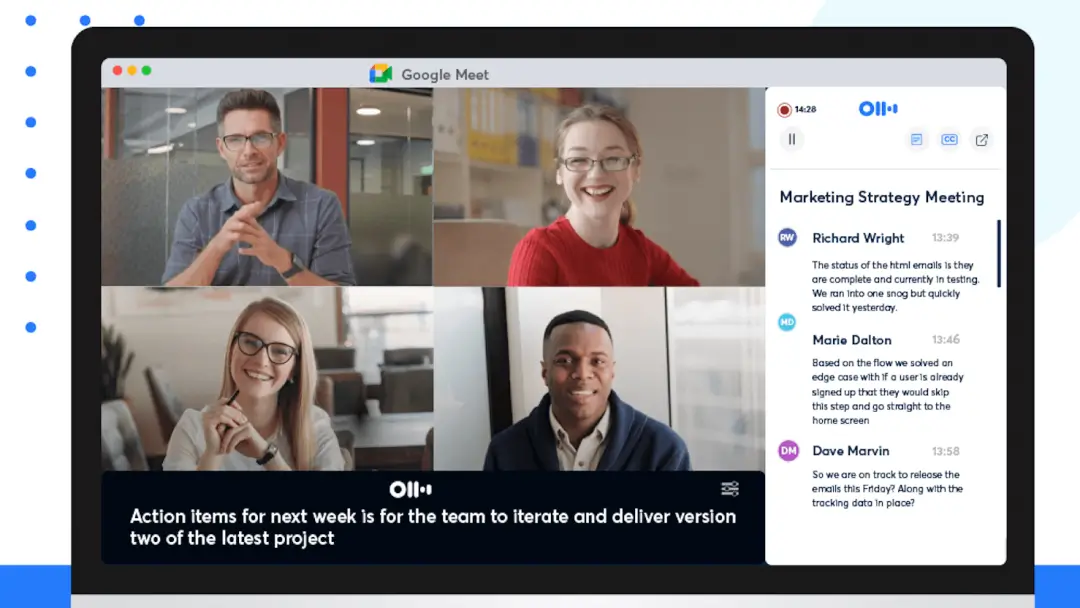



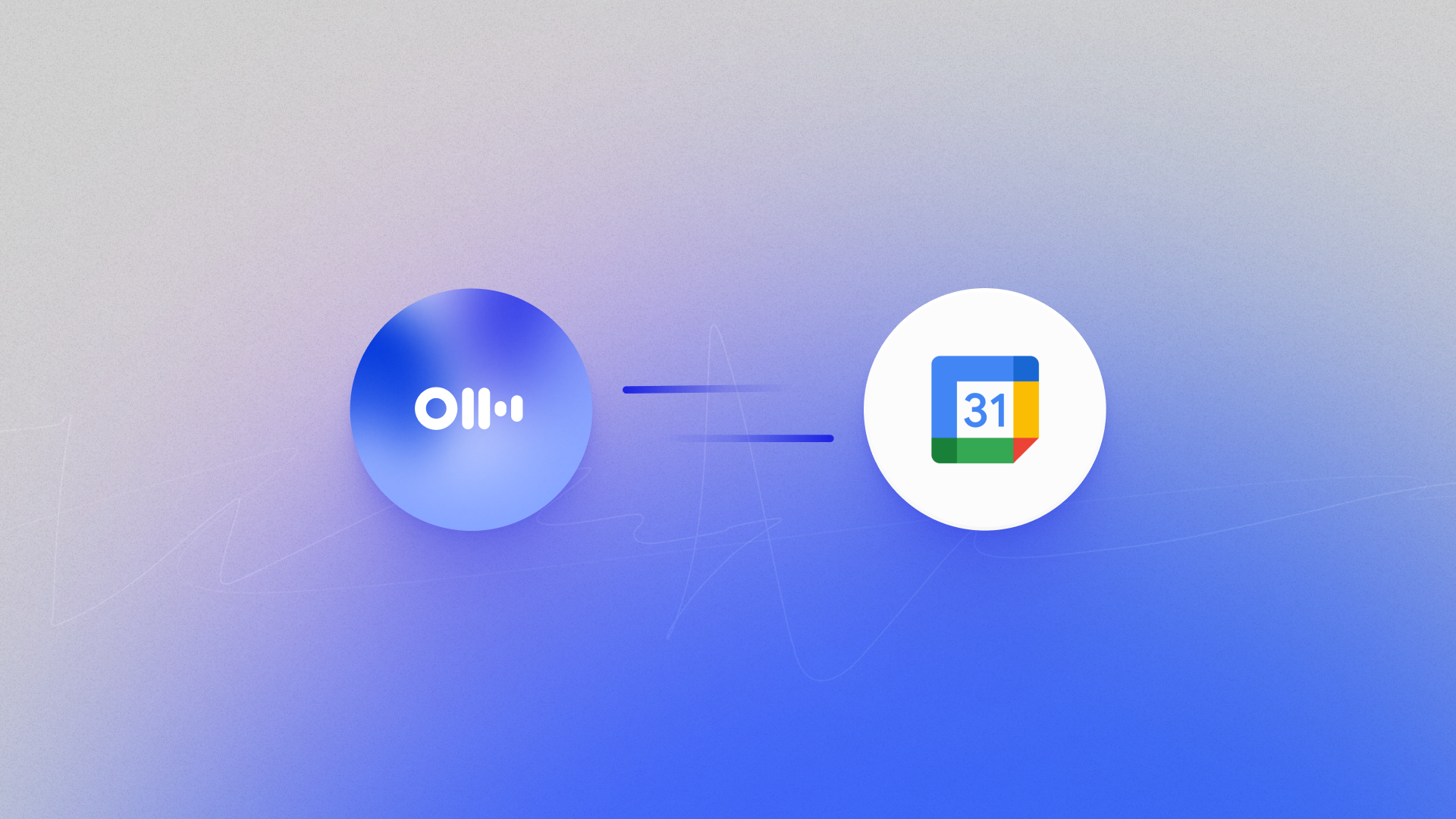

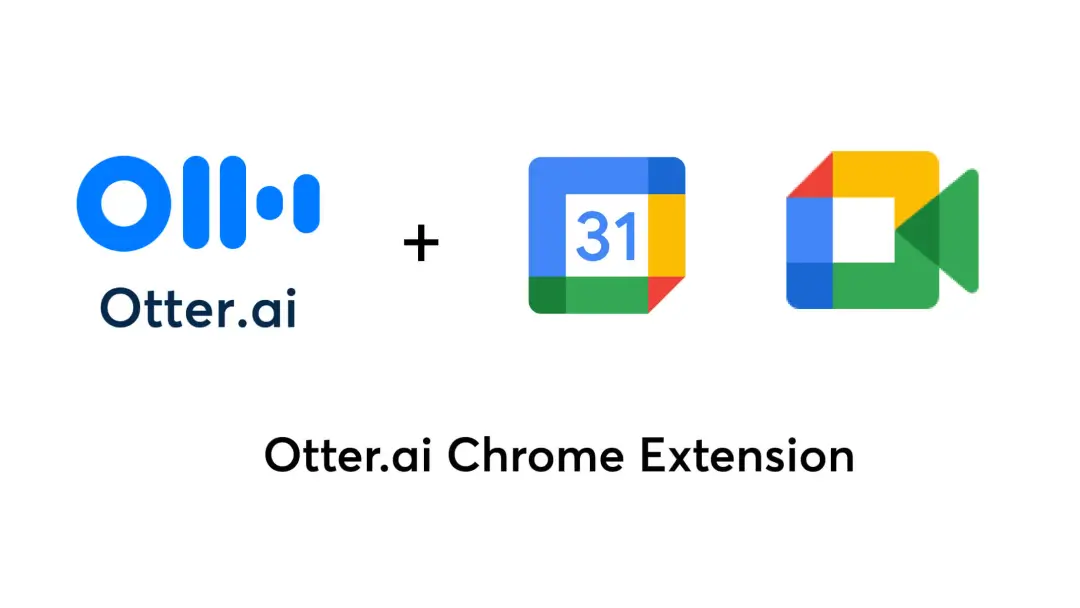
.png)


